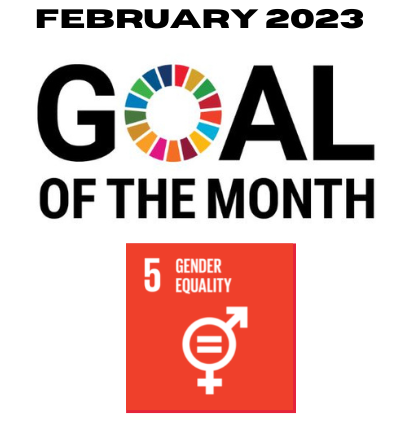Gender equality is not only a fundamental human right, but a necessary foundation for a peaceful, prosperous, and sustainable world. There has been progress over the last decades, but the world is not on track to achieve gender equality by 2030.
The social and economic fallout from the COVID-19 pandemic has made the situation even bleaker. Progress in many areas, including time spent on unpaid care and domestic work, decision-making regarding sexual and reproductive health, and gender-responsive budgeting, is falling behind.
Women’s health services, already poorly funded, have faced major disruptions. Violence against women remains endemic. And despite women’s leadership in responding to COVID-19, they still trail men in securing the decision-making positions they deserve.
Commitment and bold action are needed to accelerate progress, including through the promotion of laws, policies, budgets, and institutions that advance gender equality. Greater investment in gender statistics is vital since less than half of the data required to monitor Goal 5 are currently available.

Facts & Figures
- Globally, 26 percent of ever-partnered women aged 15 and older (641 million) have been subjected to physical and/or sexual violence by a husband or intimate partner at least once in their lifetime.
- In a 2021 survey in 13 countries, 45 percent of women reported that they or a woman they know has experienced some form of violence since COVID-19.
- In 2021, nearly one in five young women were married before the age of 18.
- 35 percent and 28 percent of young women were married in childhood, respectively in sub-Saharan Africa and Southern Asia,
- The global prevalence of child marriage has declined by about 10 percent in the past five years.
- Up to 10 million more girls are likely to become child brides by 2030 due to the effects of the COVID-19 pandemic, in addition to the 100 million girls projected to be at risk before the pandemic.
- At least 200 million girls and women today have been subjected to female genital mutilation, mainly in 31 countries.
- As of 1 January 2022, the global share of women in lower and single houses of national parliaments reached 26.2 percent, up from 22.4 percent in 2015.
- At this pace, it would take another 40 years for women and men to be represented equally in national parliaments.
- Women’s share is slightly over one-third in local governments.
- In 2019, before the pandemic, women accounted for 39.4 percent of total employment. In 2020, women represented nearly 45 percent of global employment losses.
- The share of women in managerial positions worldwide increased from 27.2 to 28.3 percent from 2015 to 2019, but remained unchanged from 2019 to 2020, the first year without an increase since 2013.
- Between 2007 and 2021, 57 percent of women aged 15 to 49 who are married or in a union made their own informed decisions regarding sexual relations, contraceptive use, and reproductive health care.
- In the first year of the pandemic, an estimated 1.4 million additional unintended pregnancies occurred in lower- and middle-income countries.
- Only 15 out of 52 reporting countries included sufficient provisions in their legal frameworks to protect women’s rights to land.
- Between 2018 and 2021, only 26 percent of countries have comprehensive systems in place to track public allocations for gender equality, 59 percent have some features of such a system, and 15 percent do not have the minimum elements of such a system.
Goal 5 Targets
5.1 End all forms of discrimination against all women and girls everywhere
5.2 Eliminate all forms of violence against all women and girls in the public and private spheres, including trafficking and sexual and other types of exploitation
5.3 Eliminate all harmful practices, such as child, early and forced marriage, and female genital mutilation
5.4 Recognize and value unpaid care and domestic work through the provision of public services, infrastructure, and social protection policies and the promotion of shared responsibility within the household and the family as nationally appropriate
5.5 Ensure women’s full and effective participation and equal opportunities for leadership at all levels of decision-making in political, economic, and public life
5.6 Ensure universal access to sexual and reproductive health and reproductive rights as agreed in accordance with the Programme of Action of the International Conference on Population and Development and the Beijing Platform for Action and the outcome documents of their review conferences
5.A Undertake reforms to give women equal rights to economic resources, as well as access to ownership and control over land and other forms of property, financial services, inheritance, and natural resources, in accordance with national laws
5.B Enhance the use of enabling technology, in particular information and communications technology, to promote the empowerment of women
5.C Adopt and strengthen sound policies and enforceable legislation for the promotion of gender equality and the empowerment of all women and girls at all levels
SDG#1 – Discussion Group on Telegram
2022 Progress toward the SDGs, Goal #5 Gender Equality










